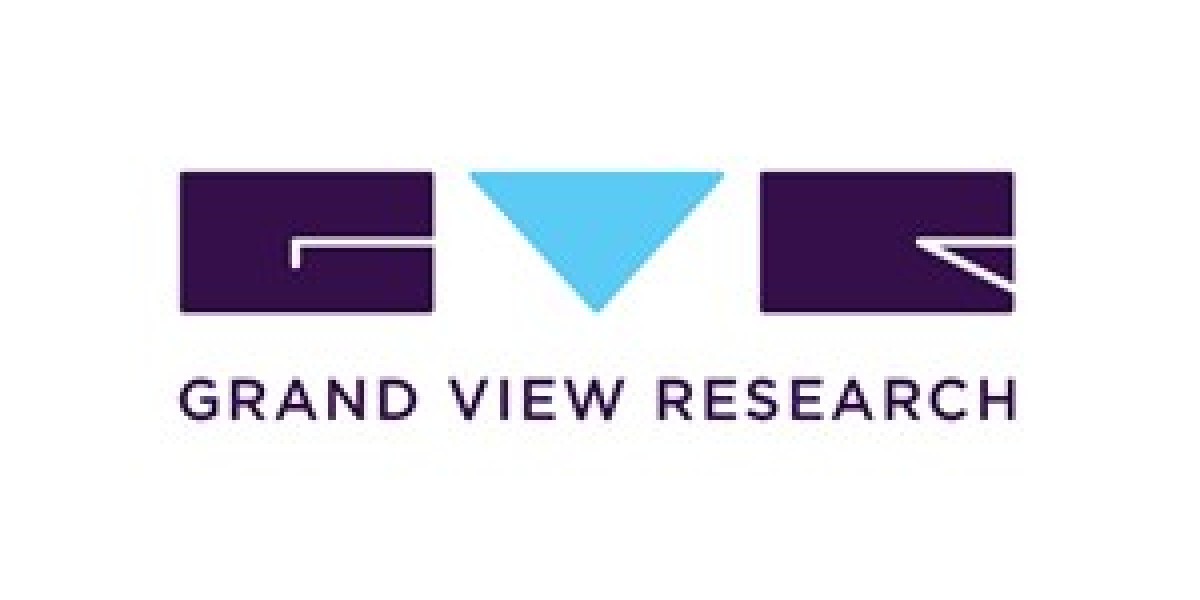Point of Care Connectivity Solutions Market Summary
The global point of care (POC) connectivity solutions market was estimated at USD 1.02 billion in 2023 and is projected to reach USD 1.68 billion by 2030, growing at a compound annual growth rate (CAGR) of 7.40% from 2024 to 2030. This market growth is primarily attributed to the increasing need for real-time integration of data from medical devices into electronic health records (EHRs). Such integration enhances clinical decision-making, supports efficient care delivery, and enables timely interventions, all of which are critical for improving patient outcomes in modern healthcare settings.
Technological advancements have significantly contributed to market expansion, particularly the integration of POC devices with cloud-based platforms and other digital health infrastructures. These innovations have streamlined healthcare workflows, improved data accessibility, and increased system interoperability. Additionally, government initiatives that mandate or incentivize the integration of medical devices with health information technology (IT) systems are further propelling adoption. Healthcare providers are increasingly turning to these connectivity solutions to reduce operational costs, eliminate redundant manual data entry, and improve efficiency across departments.
Key Market Trends & Insights
- Based on type, the software segment emerged as the leading contributor to market revenue in 2023, accounting for a substantial 72.97% share. This dominance is largely due to software’s crucial role in connecting various POC devices to centralized healthcare systems such as electronic medical records (EMRs), laboratory information systems (LISs), and hospital information systems (HISs). Furthermore, these software platforms enable features like workflow automation, enhanced data security, and remote monitoring, making them indispensable to healthcare providers seeking scalable and efficient connectivity solutions.
- On the basis of application, the hematology segment led the market with the largest revenue share of 16.78% in 2023. This growth can be attributed to the rising demand for real-time blood analysis to diagnose and monitor hematological disorders such as anemia, leukemia, and other blood-related conditions. The availability of POC hematology devices enables rapid diagnostics and immediate clinical decisions, improving patient care in both emergency and routine settings.
- By end use, hospitals represented the largest revenue-generating segment in 2023, with a 29.88% market share. Hospitals increasingly rely on POC connectivity solutions to link various bedside diagnostic devices to centralized systems like EMRs, LISs, and HISs. The seamless integration of such systems not only supports real-time patient monitoring but also helps optimize resource utilization, improve patient throughput, and reduce the likelihood of medical errors.
- Regionally, North America held the dominant share of the global market, accounting for 30.63% of revenue in 2023. This growth is supported by the region’s robust healthcare infrastructure, rapid adoption of digital health solutions, and widespread use of electronic health records. The presence of leading technology vendors and favorable regulatory frameworks have further fueled the growth of POC connectivity solutions across the region.
- Within North America, the United States accounted for the largest share in 2023, driven by the increasing prevalence of chronic diseases such as diabetes that necessitate continuous monitoring and fast diagnostics. The U.S. healthcare system’s emphasis on connected care, along with its investment in digital health innovations, continues to support strong market growth.
- In Europe, the point of care connectivity solutions market is growing steadily due to rising demand for real-time data access, clinical accuracy, and early diagnostics. European healthcare systems are placing increased emphasis on integrated healthcare models, improving the adoption of POC connectivity platforms that support timely patient management.
- The Asia Pacific region is anticipated to witness the fastest CAGR over the forecast period. This rapid growth is being driven by the expansion of healthcare infrastructure, increasing healthcare expenditures, and growing awareness of connected health technologies. Countries like China, India, and Japan are investing significantly in digital healthcare systems, paving the way for widespread adoption of point of care connectivity solutions.
Order a free sample PDF of the Point of Care Connectivity Solutions Market Intelligence Study, published by Grand View Research.
Market Size & Forecast
- 2023 Market Size: USD 1.02 billion
- 2030 Projected Market Size: USD 1.68 billion
- CAGR (2024-2030): 7.40%
- North America: Largest market in 2023
- Asia Pacific: Fastest growing market
Key Players
- F. Hoffmann-La Roche Ltd.
- Siemens Healthineers
- Abbott
- GE HealthCare
- Masimo
- Capsule Technologies, Inc. (Koninklijke Philips N.V.)
- Spacelabs Healthcare (OSI Systems, Inc.)
- Honeywell International Inc
- NXGN Management, LLC.
- EKF Diagnostics Holdings plc
Explore Horizon Databook – The world's most expansive market intelligence platform developed by Grand View Research.
Conclusion
The global point of care connectivity solutions market is set to expand steadily, driven by the growing demand for real-time data integration, improved healthcare efficiency, and better clinical decision-making. With advancements in cloud-based technologies and supportive government initiatives, healthcare facilities are rapidly embracing these solutions. Software platforms remain at the forefront, ensuring seamless data exchange and operational automation. Hematology and hospital applications continue to lead demand. While North America holds a dominant position, Asia Pacific is emerging as the fastest-growing region. As healthcare systems prioritize connected care, the adoption of point of care connectivity solutions will continue to accelerate globally.






